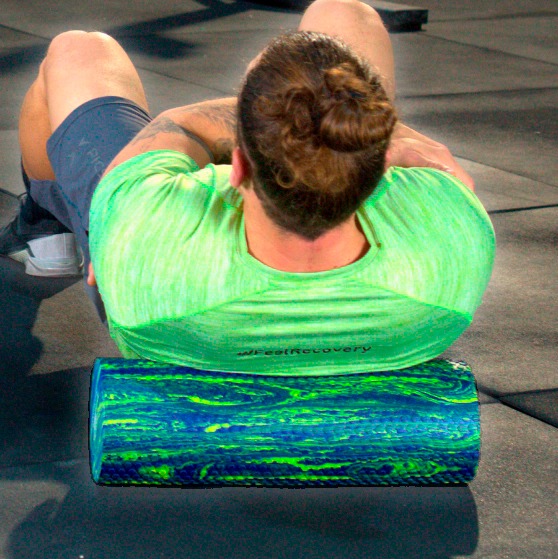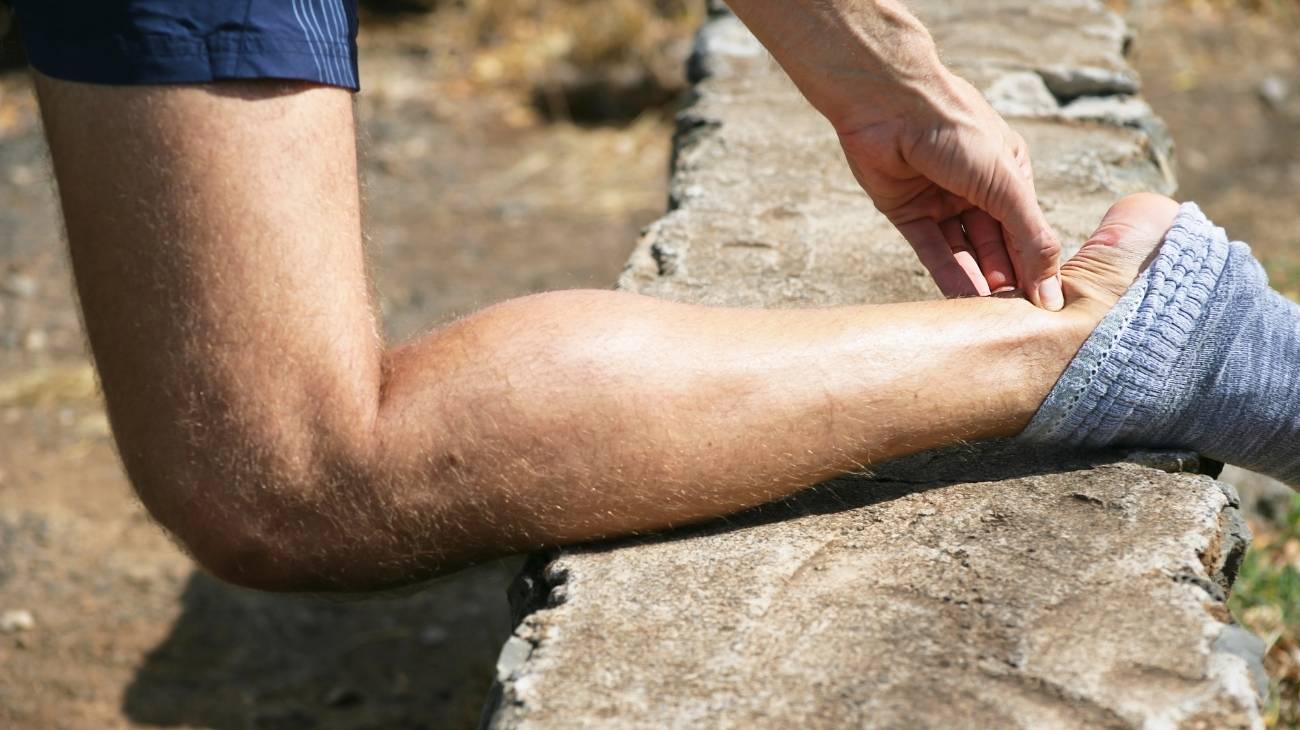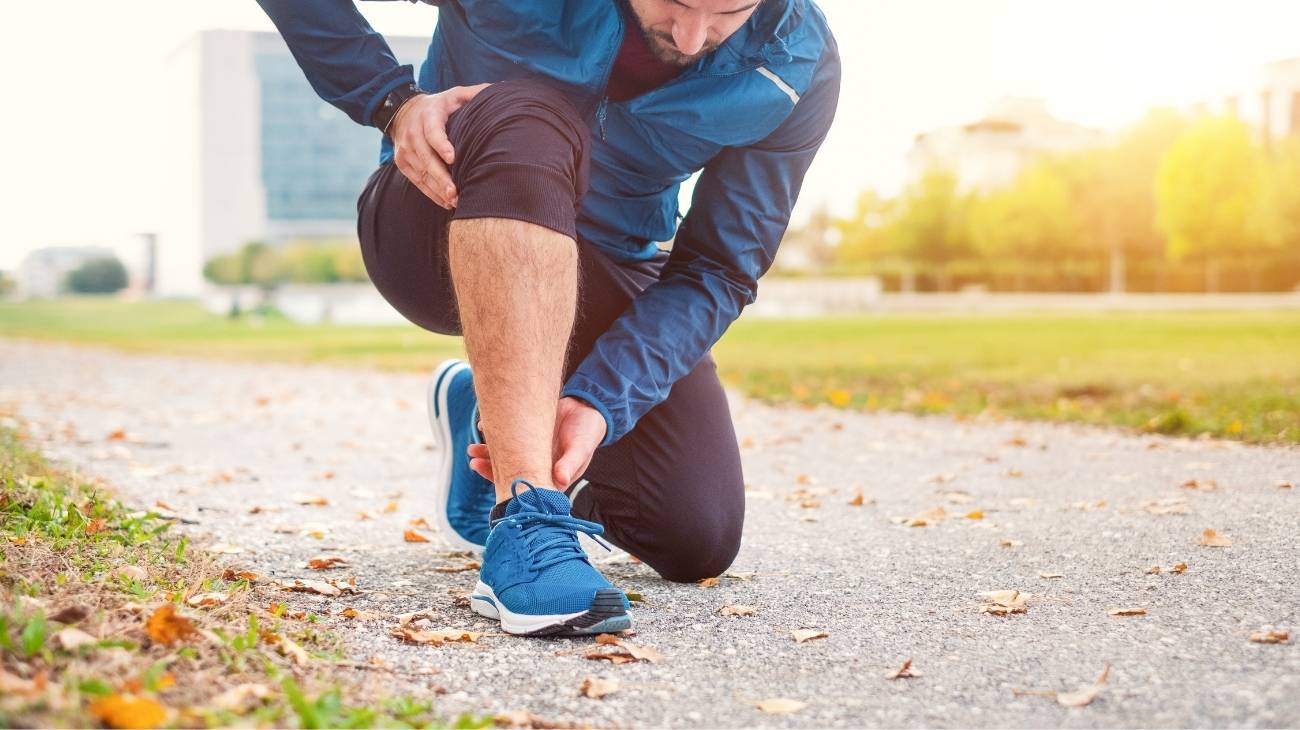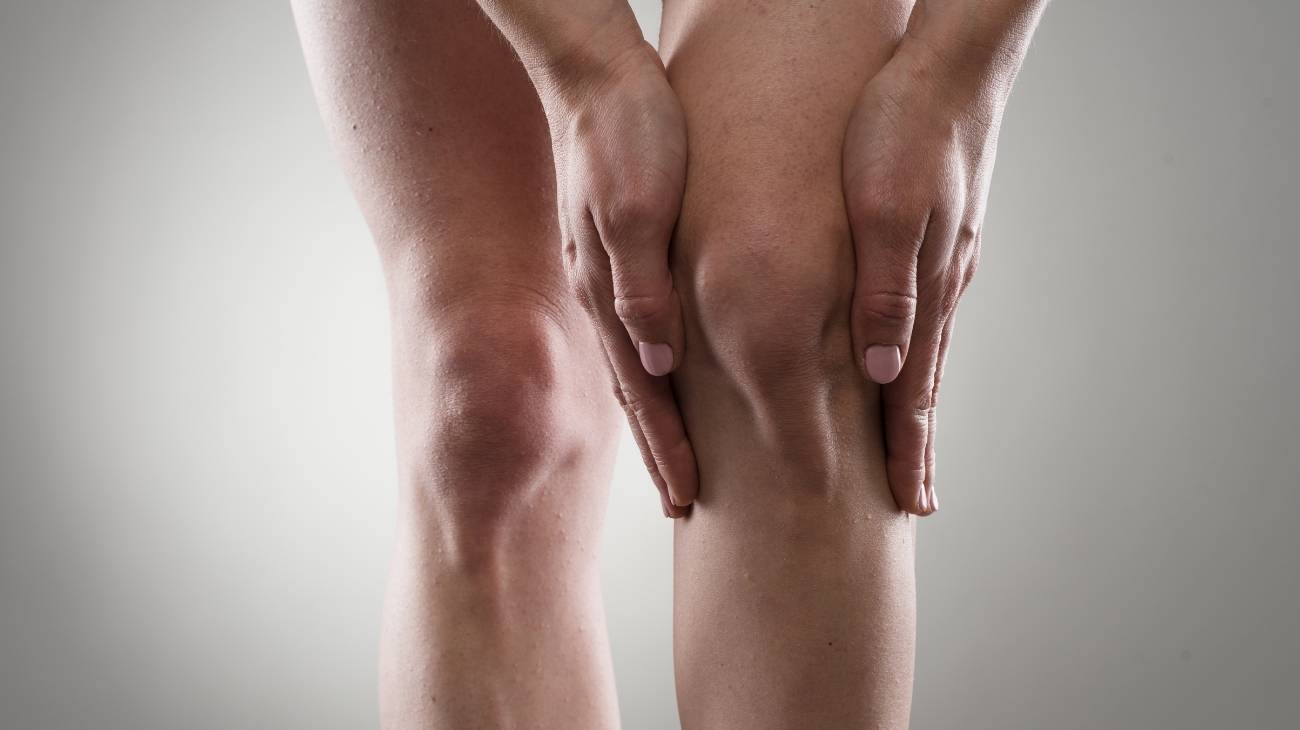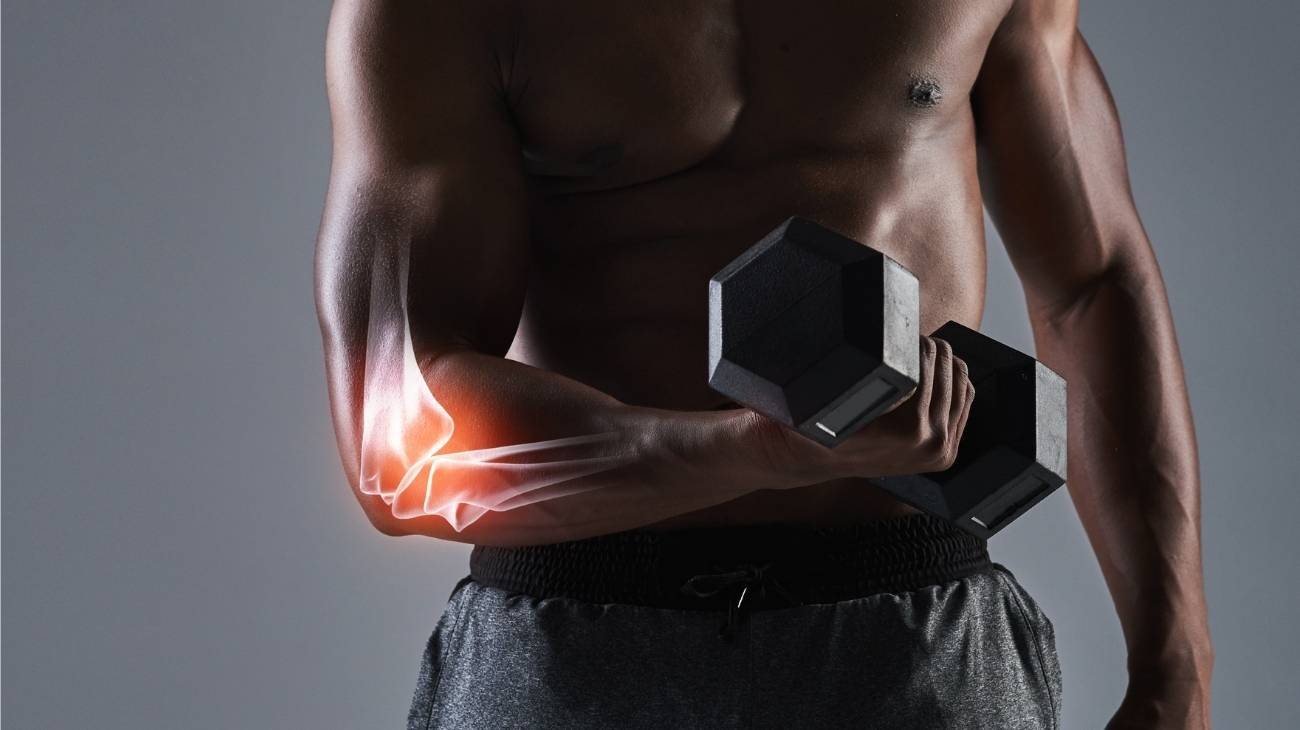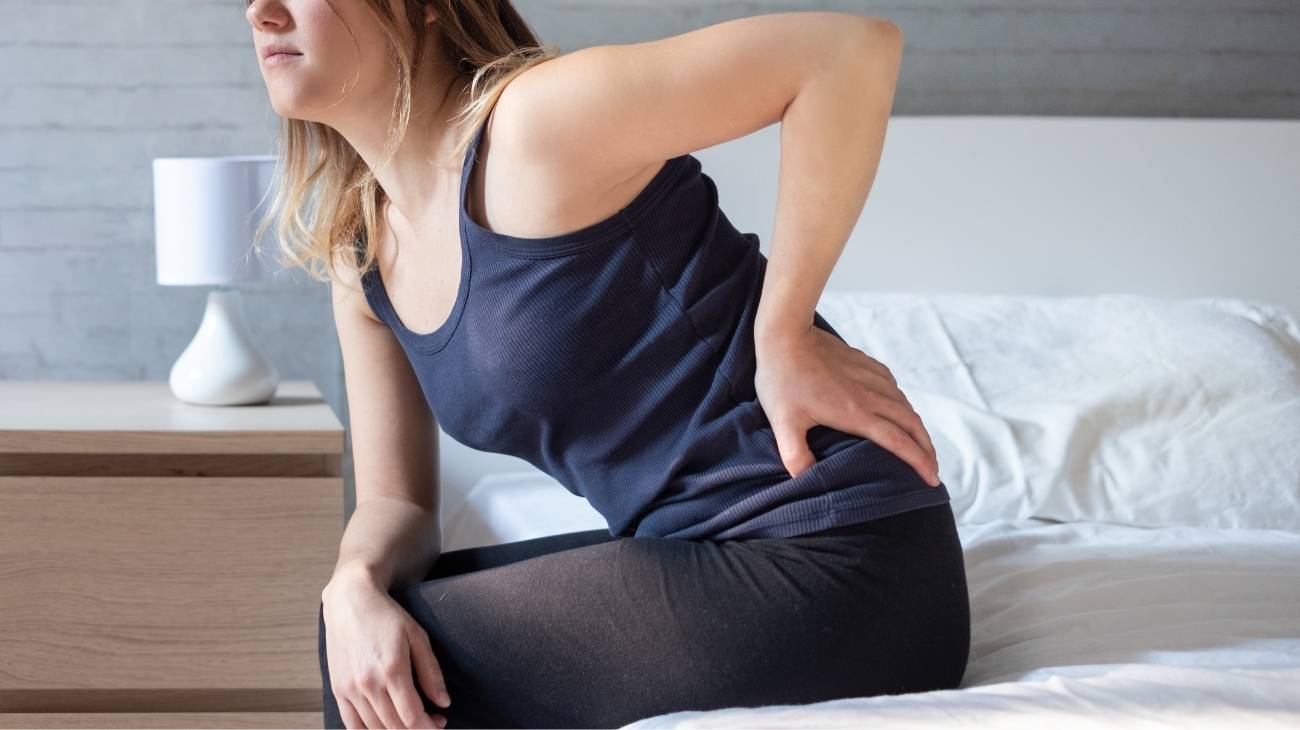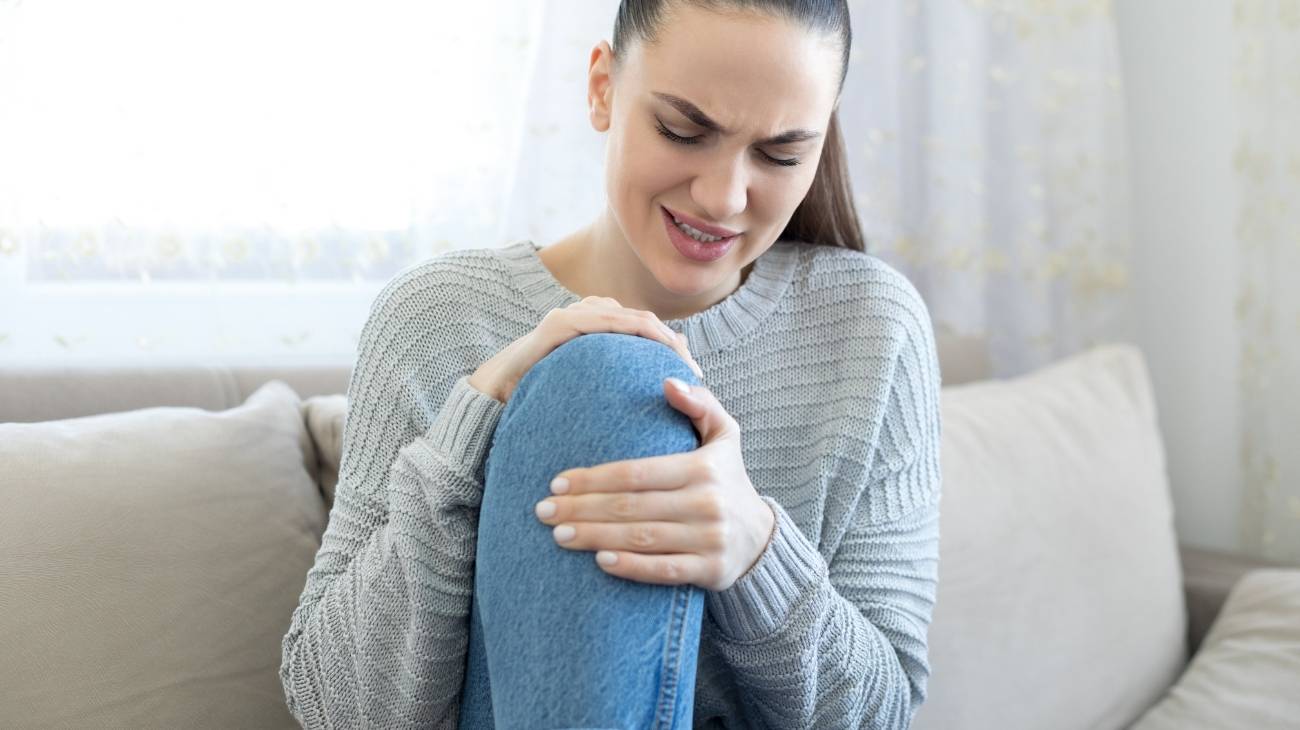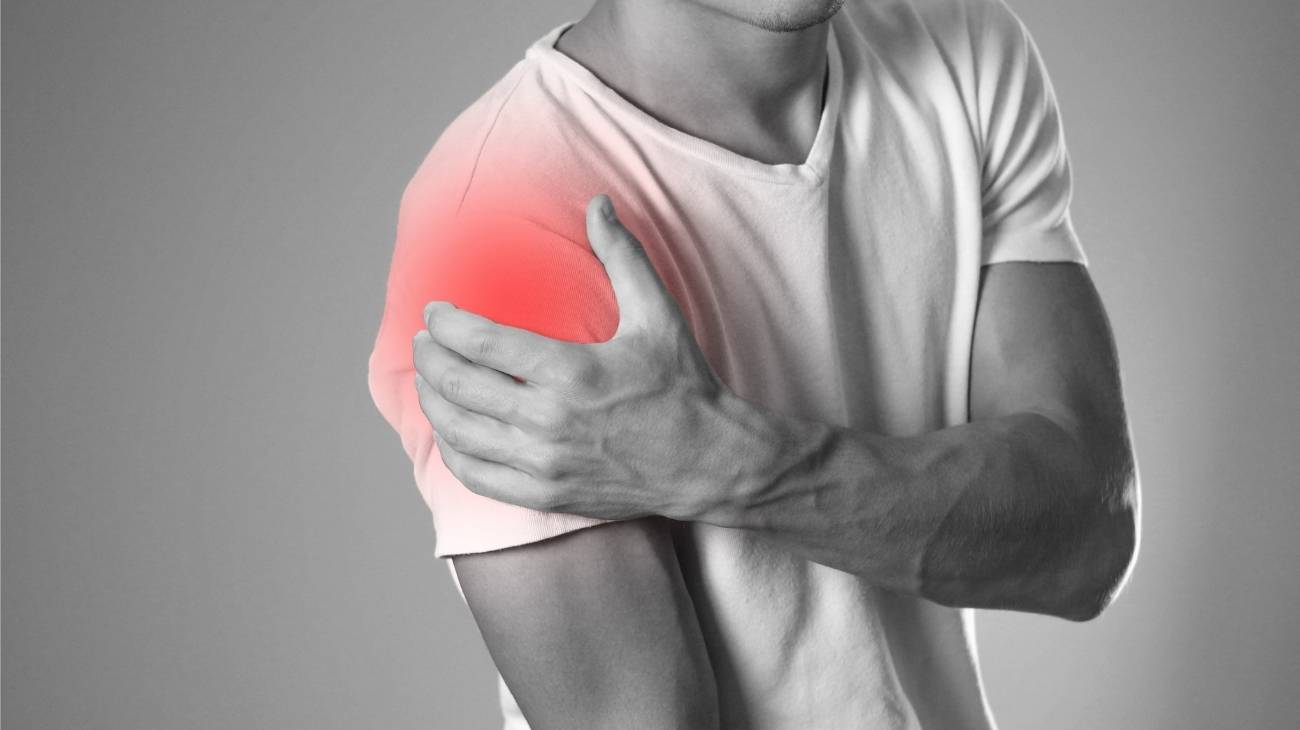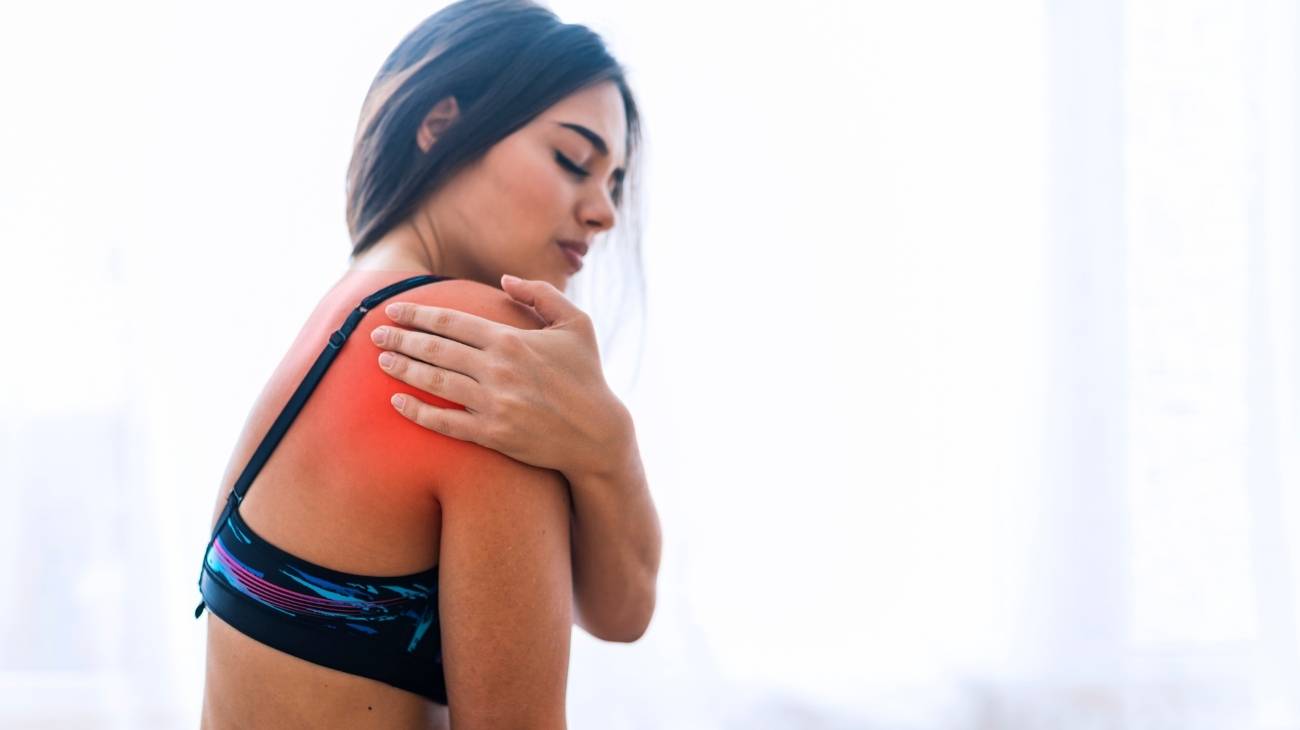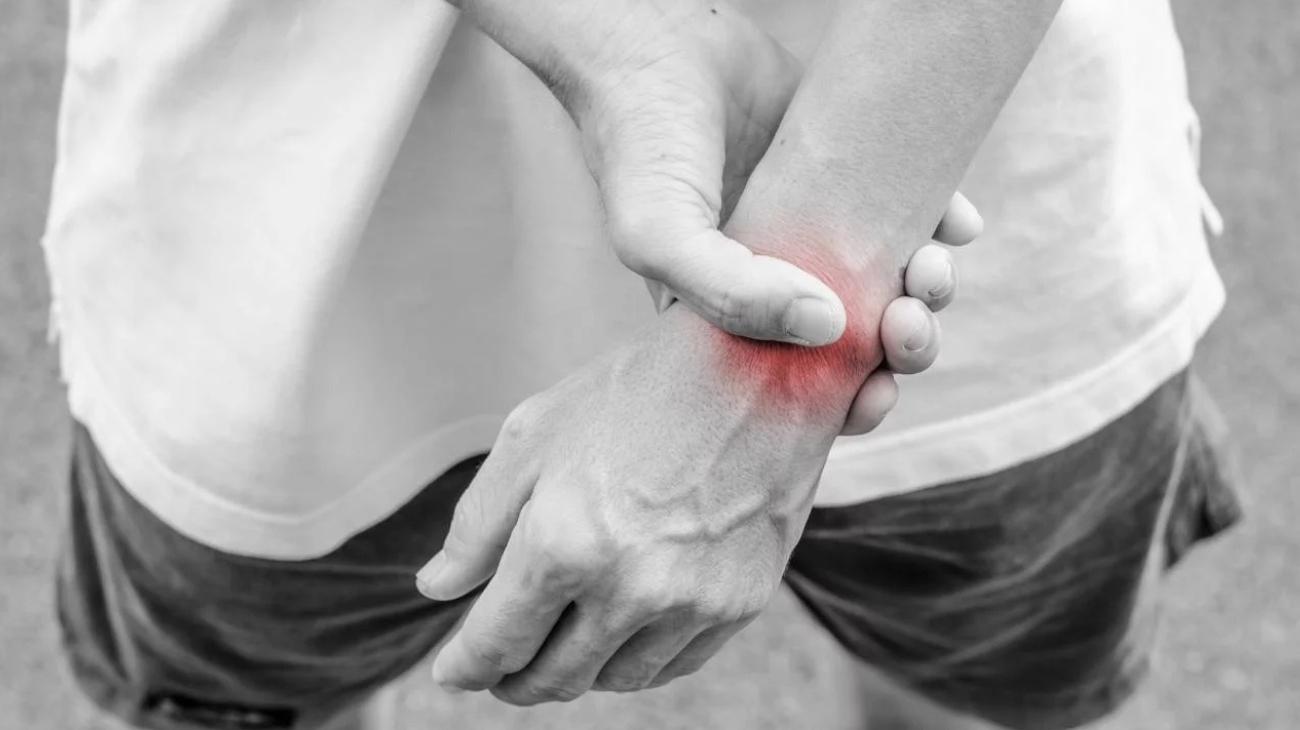Hip tendonitis, or inflammation of the tendons surrounding the hip joint, is a condition that commonly arises due to overuse, repetitive movements, or direct trauma. It is particularly prevalent among athletes and individuals who engage in high-impact activities. Addressing hip tendonitis with the right recovery tools and techniques is key to regaining full functionality and preventing further complications.
Compression sleeves are highly effective for managing hip tendonitis. These sleeves apply consistent pressure to the affected area, reducing inflammation and swelling. Enhanced circulation achieved through compression promotes healing by delivering oxygen and nutrients to the damaged tendons. They also provide stability and support, reducing the risk of re-injury during physical activity.
Cold therapy is essential during the acute phase of hip tendonitis. Using cold packs or wraps can help to numb pain and reduce swelling, offering immediate relief. Applying cold therapy after physical activity minimizes inflammation and aids recovery. This simple yet effective solution is a staple in managing tendon-related injuries.
Heat therapy, on the other hand, is beneficial in the later stages of recovery. Heat pads or wraps help relax tight muscles around the hip joint, improve blood flow, and alleviate stiffness. Incorporating heat therapy alongside gentle stretching or strengthening exercises prepares the tendons for gradual movement.
Massage therapy plays a vital role in breaking down scar tissue and improving the elasticity of the affected tendons. Handheld massage tools or rollers can target deep tissue layers, easing tension and promoting circulation. Regular use of massage therapy accelerates the recovery process and restores normal joint mobility.
Electrotherapy devices, such as TENS units, offer a modern and non-invasive approach to managing pain associated with hip tendonitis. These devices send electrical pulses to the affected area, which block pain signals and stimulate the release of endorphins. Electrotherapy is particularly useful for chronic pain management and complements other recovery methods.
In addition to these therapies, resistance bands are an excellent tool for rehabilitation. Strengthening the surrounding muscles and tendons reduces the likelihood of recurring injuries and enhances joint stability. Resistance band exercises, when performed correctly, build strength progressively and safely.
Combining these recovery strategies—compression, cold and heat therapy, massage, electrotherapy, and resistance exercises—provides a comprehensive approach to treating hip tendonitis. Using the right combination of products ensures a faster recovery, reduced discomfort, and improved long-term joint health.
FAQ: Frequently Asked Questions
What are the best recovery tools for hip tendonitis?
Compression sleeves, heat and cold packs, massage tools, TENS devices, and resistance bands are highly effective in managing hip tendonitis.
How does heat therapy benefit hip tendonitis?
Heat therapy improves blood flow, relaxes tight muscles, and reduces stiffness, making it ideal for the later stages of recovery.
When should I use cold therapy for hip tendonitis?
Cold therapy is best during the acute phase of hip tendonitis to reduce inflammation and numb pain after physical activity.
Can resistance bands help in recovery from hip tendonitis?
Yes, resistance bands are effective in strengthening the muscles and tendons around the hip, promoting joint stability and reducing the risk of future injuries.
Are massage tools effective for hip tendonitis?
Massage tools target deep tissue, relieve tension, and improve circulation, significantly accelerating the recovery process for hip tendonitis.




